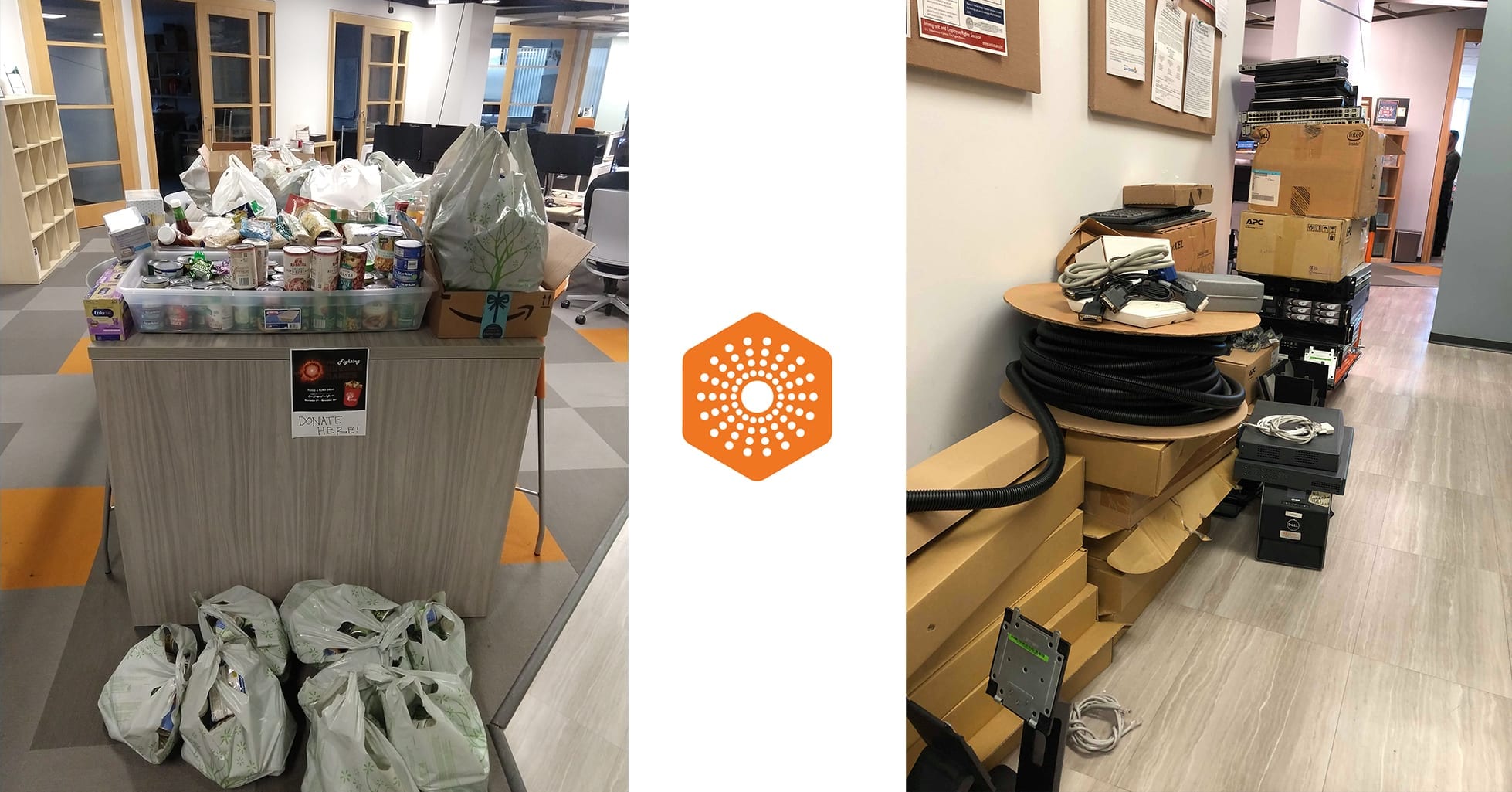Migrating to the cloud can be an incredibly lucrative endeavor for any business looking to streamline their day-to-day operations and optimize their processes; knowing the first steps for a successful cloud migration is very important. To begin, it is important to note that there are plenty of benefits in the migration to a cloud, but three of them quickly come to mind.
On the one hand, cloud computing helps to lower data storage costs by a significant margin. Also, flexibility and scalability are all but guaranteed, allowing you to scale this storage space whenever you need to. On the other hand, however, moving to the public cloud will enable you to increase your IT team without any extra costs attached. Keep in mind that once you've partnered up with a provider, they will become an extension of your IT department, as they will be the ones managing and maintaining the data center.
Nevertheless, the cloud migration process can quickly become a hassle without the proper knowledge, planning, and execution. Only slightly above a quarter of businesses engaged in cloud migration reported that they were "extremely satisfied" with their overall cloud migration experience. Despite this low percentage and with the proper information, the benefits are well worth the investment.
Below are the first steps for successful and seamless cloud migration.
Choosing the Right Cloud Provider
The selection of your future cloud provider should not be taken lightly. There are plenty to choose from, and each has its strengths and weaknesses. While some may focus on scalability, others offer better-personalized applications management options. Among the most popular choices, you can choose among companies such as Amazon, Microsoft's Azure, Google, IBM, and the list can go on.
When making this decision, don't merely go for the market leader but take a moment to consider whether their services align with your own business goals. Also, take into account the long-term relationship you will have with this provider. It's not a very time or cost-effective strategy to choose one business only to change it later.
The Level of Cloud Integration
There are two ways of migrating your application. On the one side, there's the shallow cloud integration, while on the other, there's the deep cloud integration.
The shallow cloud integration - It is when you move all on-premise applications to the cloud but conducts minimal changes or none at all, to the servers used to run those applications. The changes that are made are only enough to allow the applications to function within the new environment. It means that you will not use any cloud-based services.
The deep cloud integration - This procedure implies that you modify your application during the migration process to make use of critical cloud capabilities. Among these, there are such capabilities like dynamic load balancing, auto-scaling, serverless computing capabilities, or cloud-specific data stores.
Cloud KPIs
You will also have to establish your Key Performance Indicators (KPIs). These are metrics about your application or service used to measure how these perform based on your expectations. These KPIs will help you to determine how your cloud migration is doing, showcasing any problems that may exist with your application, as well as when the movement was complete and successful.
Some of these cloud KPIs may refer to the user experience, such as page load time, lag, or session duration. Regarding infrastructure, some KPIs may include disk performance, memory usage, or CPU usage. And as far as business engagement is concerned, there are conversion and engagement rates, as well as cart adds.
Conclusion
While these are the first steps that you need to consider when migrating to the cloud, other issues may interest you as well. In the end, it all boils down to what your business needs and hopes to achieve from this migration, in the first place. For more information on cloud migration and cloud computing, in general, feel free to visit our website or contact us directly.
Continued Reading

December 10, 2018
Managed Solution Establishes Partnership with LiveTiles
[vc_row][vc_column][vc_empty_space][vc_column_text] SAN DIEGO, California – Managed Solution is excited to […]
LEARN MORE
December 11, 2018
Managed Solution Celebrates Holiday Season by Supporting Local Non-Profits
[vc_row][vc_column][vc_empty_space][vc_column_text]San Diego, CA, December 11, 2018, – The holiday season […]
LEARN MORE
